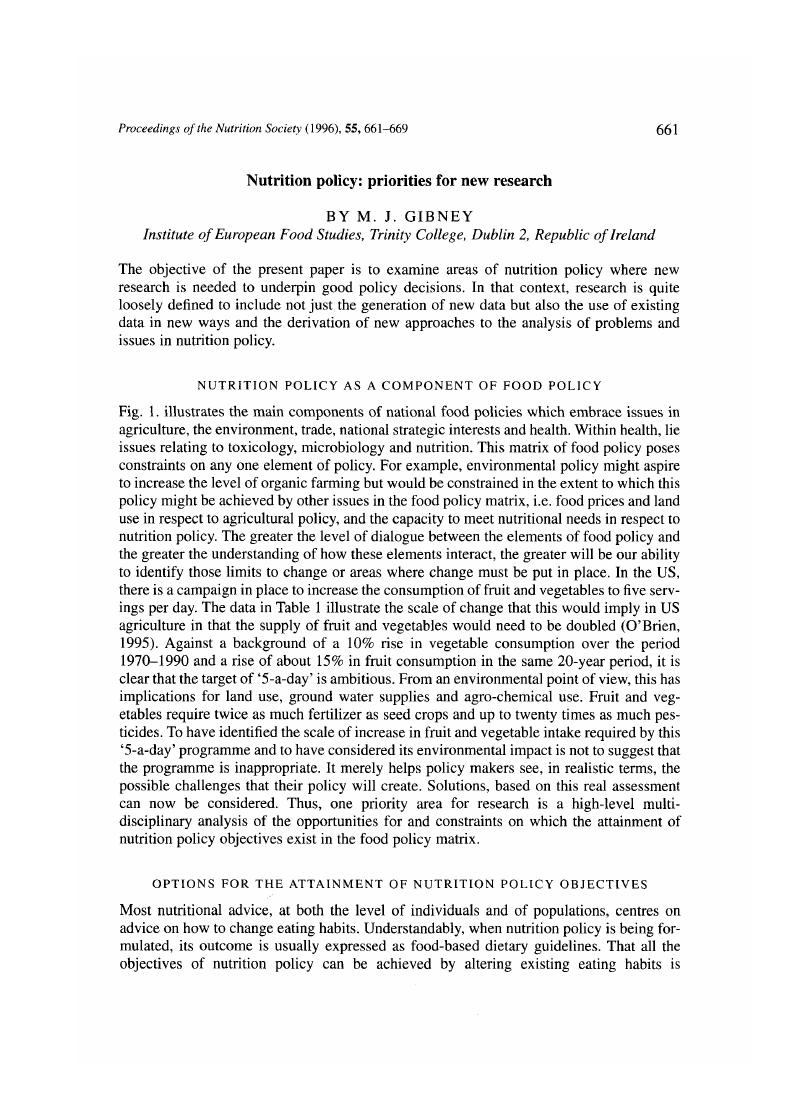Crossref Citations
This article has been cited by the following publications. This list is generated based on data provided by Crossref.
Shelley, Emer
1996.
Food and nutrition policy in the Republic of Ireland: where to from here?.
Proceedings of the Nutrition Society,
Vol. 55,
Issue. 2,
p.
641.
Richardson, David
and
Brady, Maeve
1997.
The UK food and drink manufacturing industry response to the Health of the Nation: A Strategy for Health.
British Food Journal,
Vol. 99,
Issue. 6,
p.
220.



